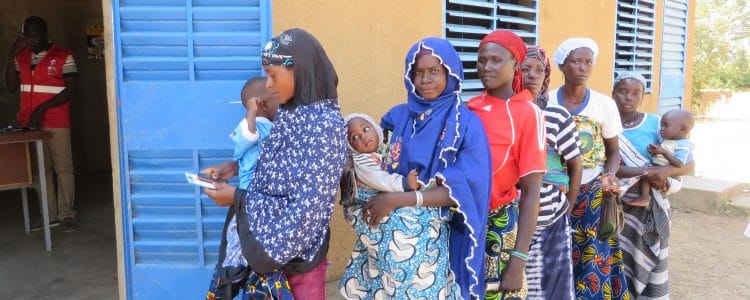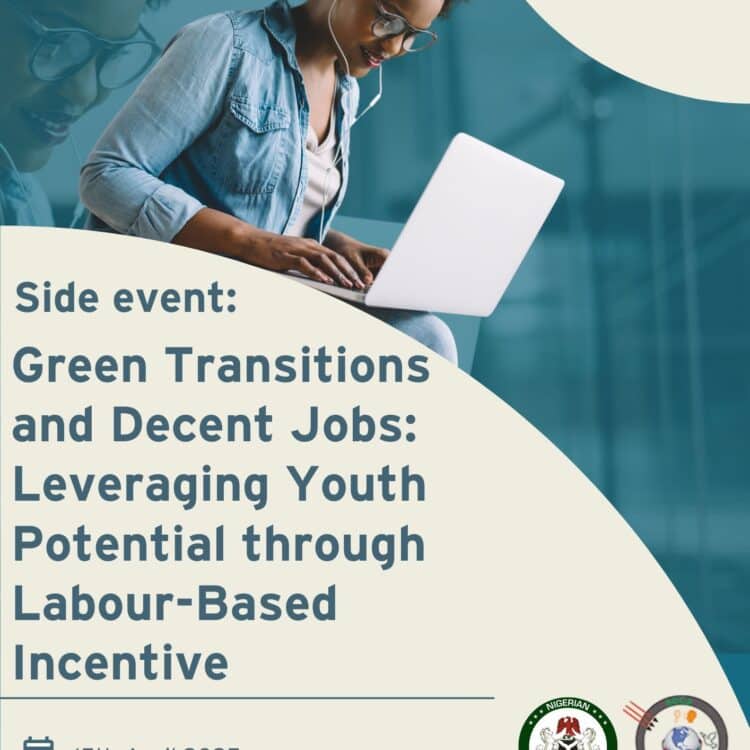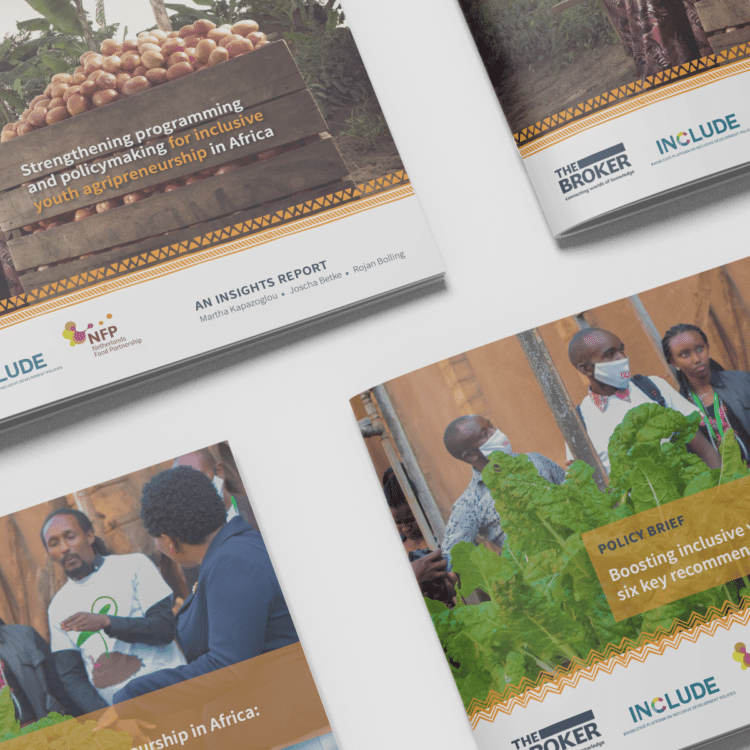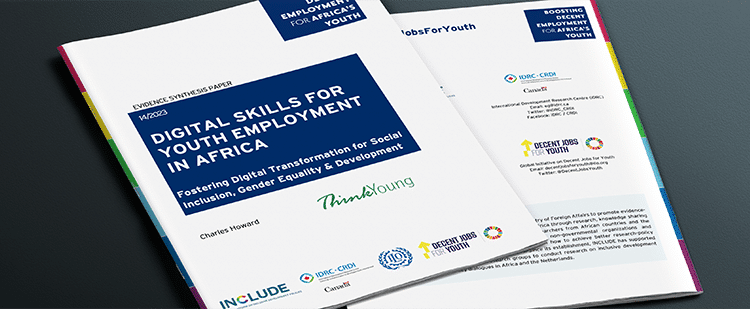
A lack of integration of quantitative evidence on the overall effects of cash transfers leaves us largely in the dark about their true effect. One outcome for which this is the case is child nutritional status. In my study, I analyse 27 different studies on the effect of cash transfers on child nutritional status, including 311 estimates on 23 variables. I found no significant differences between conditional and unconditional programmes. However, nutritional supplements increased the effectiveness of programmes. Other variables were too insignificant to draw conclusions from.
Despite scepticism about giving away ‘free money’, cash transfers have become an increasingly popular tool for poverty alleviation. Although cash transfers have been successful in increasing business income and school attendance, and decreasing child labour, their effect on the nutritional status of children is unclear. A large body of literature has examined the link between cash transfers and child nutritional status, but the evidence is mixed. Given that many programmes target child nutritional status, and 162 million children suffer from stunting globally, it is important to ask: Are cash transfers effective in improving child nutritional status? And, if so, what conditions have an influence on this effect?
How do we find out?
Several studies have been undertaken to identify the effect of cash transfers on child nutritional status. However, these are context specific, making it hard to draw conclusions. Using statistical methods, I integrated the findings of 27 of these studies (see Table 1), enabling me to find out what the average effect of this relationship is, and which conditions alter this effect. The studies cover 311 estimates on 23 different variables.
Positive, negative, or no effect?
After analysing quantitative data from these studies, all from programmes in different contexts, I found that, overall, cash transfers had a positive effect on child nutritional status. While some studies had negative effects and others no effect at all, the average effects (weighted by sample size) was positive. Although this positive effect is small, it is robust, making me more certain that this effect exists. This means that cash transfers are in fact an effective solution for reducing child malnutrition.
But under which conditions?
It might seem obvious that an increase in money leads to better fed children. However, it might not be so simple. Different conditions may lead to very different outcomes. In my research, I quantified which categories might make a difference and found two notable cases to discuss.
First, the most discussed difference is that between conditional cash transfers and unconditional cash transfers. Exactly one half of all the estimates considered conditional cash transfers, and the other half considered unconditional ones. Within programmes, there were also differences in conditionality, with programmes including both conditional and unconditional transfers. I found no difference in effectiveness between the two. This is an important finding, given that the majority of cash transfers targeting child nutritional status are conditional cash transfers. However, conditional cash transfers programmes are more expensive to implement, as the conditions need to be monitored. Therefore, if the desired outcome is improved child nutritional status (or reduced child malnutrition), parties looking for a more cost-effective solution might consider using an unconditional cash transfer programme instead.
Within conditional programmes, differences also exist regarding the types of conditions. In my analysis, programmes either contained educational (sending children to school), medical (vaccinating children or sending them for regular medical check-ups), or financial (saving a percentage of the cash transfer) conditions. I analysed these different types and found no significant differences regarding their effect on child nutritional status.
The second notable variable is a more obvious factor that benefits programme effectiveness: providing a nutritional supplement with the cash transfer. These supplements differed per programme, and the precise supplement was often not specified. Nevertheless, a supplement might be the extra boost children need in order to benefit from the programme. Programme designers might, therefore, consider adding nutritional supplements to cash transfer programmes.
Besides these variables, I also analysed others. In total, I ran four statistical models. The variables included the difference in effectiveness between female and male recipients of the transfer, the age of the child, the gender of the child, the region of the programme, if conditions were enforced, and several methodological variables. The results for these variables were inconsistent, making it difficult to draw conclusions.
Towards more effective cash transfer programmes
Cash transfer programmes exist in many different forms. Their effect is not, however, unequivocal. As my analysis illustrates, what works in one programme, might not work in another. Governments and NGOs should focus on tailoring cash transfers to local circumstances, and the focus should be on understanding the causal mechanisms that underlie the differences in effects.
Table 1. Programmes and studies analysed




